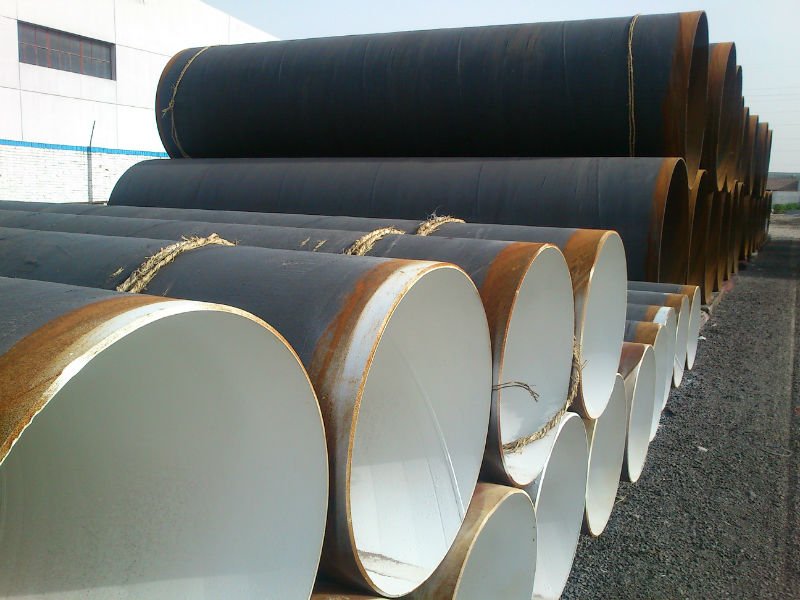If we want to prevent corrosion in our house, we regularly use protective coatings. Common anti corrosive pigments include zinc chromate, red lead, zinc dust and zinc phosphate. By applying these substances we could at least minimize the progression of corrosion. Chlorinated rubber, vinyl, phenol and catalyzed epoxy are known for their electrical resistance. Iron oxide, mica, china clay and talc could also increase electrical resistance. In order to increase electrical resistance, we should use thicker coating. Coating will limit the exposure of salts, water and oxygen on the metal surface.
Chlorinated rubber coatings, vinyl, polyurethane, coal tar epoxies and catalyzed epoxies should be able to offer very low permeability to oxygen and water. This will make sure that corrosive substances are unable to reach the metal surface. However, we should also make sure that there’s a maximum contact and adhesion with the metal surface to make sure that there’s no gap that can be filled with air or moisture. Good coating should have low chemical spillage, low chemical fumes, good temperature tolerance, good abrasive resistance, good skid resistance, low flammability and good oil resistance. The type of coating we choose should depend on our budget and cost. The coating should have long expected life, especially if it is exposed to the external weather.
Any corrosion coating could also be added for decorative purposes, because they may have specific appealing glow and color. Standard anti corrosion coating could have only one pack, while high performance coating could have two packs. Single-pack coating would require air drying, while two-pack coating often relies on chemical reactions for drying and hardening. For best results, we should consult the user manual on how to prepare the surface, apply the coating and maintain it. These coatings can be added on any metal surface in our house. Application could be performed with airless spray, conventional spray, roller or brush.
We could use rollers and brush, when the condition doesn’t permit spraying. Spraying is suitable if we want to apply thin film on the surface. Thicker application may require brush and rollers. When applying the anti-corrosive coating, we shouldn’t do it in adverse conditions and under direct sunlight. Strong wind, condensation, fog, ice, snow and rain could ruin the overall results. Before applying the coating, we should use the stirrer to properly disperse solids in the coating solution. If we choose a two-pack coating, the hardener and base should react together chemically, while given enough time to cure. Hardener and base should be mixed in the proper ratio.
We may also need to thin the coating and in this case, it would be necessary to purchase a correct thinner product. In most cases, the ideal volume of thinner is 5 percent of the coating. If we use it excessively, we could cause the coating to look slumpy, saggy and runny. This will retard during and the thickness will be uneven. If we choose a two-pack coating product, we should be aware of the curing period after mixing.



